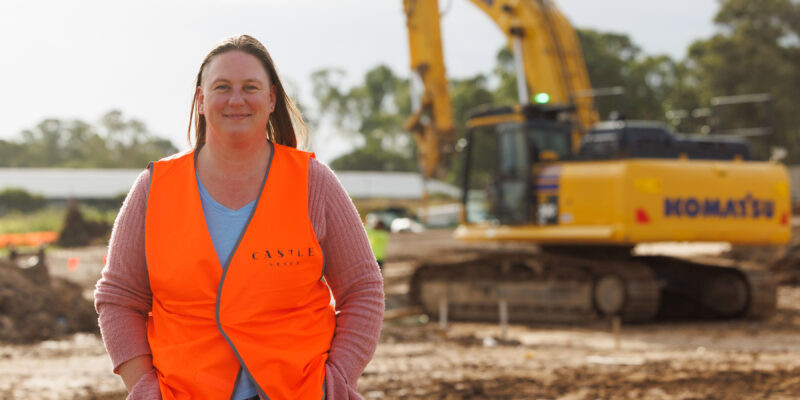Panel to let housing developers bypass council scrutiny
From early 2025, housing developments of about 100 homes in greater Sydney will be able to bypass council approval and seek assessment from a new three-person panel.

LARGE-SCALE housing proposals will be allowed to avoid council as Australia’s most expensive housing market gets worse under decade-low approvals.
Local communities will have less say on major housing developments as new homes laggard NSW tries to pull out of a nosedive.
From early 2025, housing developments of about 100 homes in greater Sydney will be able to bypass council approval and seek assessment from a new three-person panel.
Regional NSW development of about 40 homes or more can also access the new pathway.
Projects reliant on rezoning could also make applications to the three-member Housing Delivery Authority, getting around council restrictions.
It comes after new monthly approvals slumped recently to their lowest level in 11 years.
The annual home construction rate now sits at five new dwellings per 1000 people – the lowest rate in the country.
The announcement of the authority, made on Friday afternoon without a press conference, was quickly met with developer applause and council condemnation.
“Time and the cost of money in interest payments are too high and the system needs to speed up – too many young people are leaving NSW,” Urban Taskforce chief executive Tom Forrest said. “This is a big and bold reform.”
Urban Development Institute of Australia said the new authority would give greater certainty to the industry and a clearer pathway to address the housing crisis.
“It’s vital that where projects stack up, we move them from concept to keys in a door as quickly as possible,” the institute’s NSW chief executive Stuart Ayres said.
But councils were scathing about the “Christmas gift for developers”.
“Removing councils from the spot rezoning process means removing the community’s voice,” Local Government NSW president Darriea Turley said.
“It will give developers a clear run to propose their own height limits, density and green space settings.
“It means that developers will now run our communities, not residents.”
She said the overwhelming cause of delays were infrastructure delivery issues, cost of materials, labour and financing – not councils, as the state government often said.
The head of the premier’s department, planning department and Infrastructure NSW – all answerable to ministers – will make up the new authority.
They will be able to approve developments above an estimated cost of $60 million in Sydney and $30 million in regional NSW, and nominate rezonings for projects that would deliver significant housing uplift.
Rezonings will be overseen by the planning department, with proposals considered against a set of criteria “consistent with the state’s housing priorities”.
The government said the reforms would reduce the number of large and complex development applications that councils are required to assess each year, freeing them up to assess less complex development applications before them.
Almost four in 10 development applications in NSW are not assessed on time.
“NSW needs significant new housing supply near existing infrastructure but at the same time too many well-located areas in Sydney have put too many barriers up for too long,” Premier Chris Minns said.
The previous Labor government in 2005 introduced controversial bypasses that benefited large-scale developments.
Those planning powers were returned to councils in one of the coalition’s first moves after winning the 2011 election.




